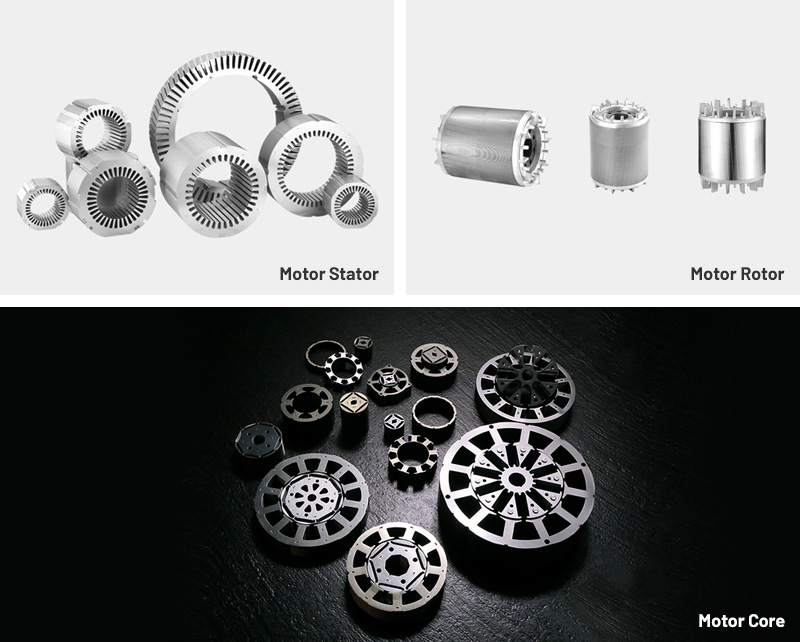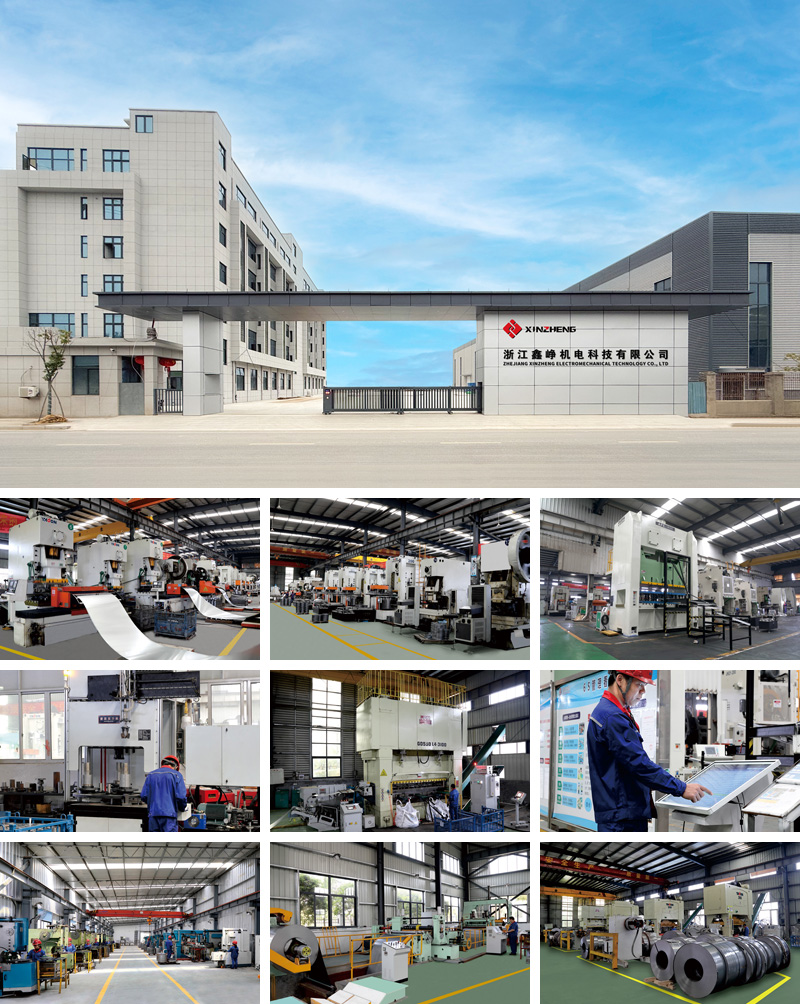As industrial automation, consumer electronics, and compact machinery continue to expand, the demand for small, high-performance electric motors has surged. These motors are integral to applications such as precision pumps, household appliances, robotics, and automotive systems. Within these motors, stator laminations play a pivotal role in controlling magnetic flux, reducing energy loss, and ensuring consistent performance.
Small motor stator laminations have become a focal point for manufacturers seeking efficiency improvements in compact motors. With increasing regulatory pressure on energy consumption and sustainability, laminations that minimize core loss and improve thermal behavior are essential. Their precision directly influences motor torque stability, noise reduction, and long-term reliability.
The stator lamination forms the magnetic backbone of a motor. In small motors, where space is constrained, careful design is essential to maximize electromagnetic performance.
Laminations guide alternating magnetic flux through the stator core. In small motors, optimized flux paths prevent localized saturation and ensure uniform torque generation. Even minor deviations in lamination geometry can produce significant performance differences.
Laminations are insulated from each other to reduce eddy currents, which generate unwanted heat and energy loss. High-quality insulation coatings and consistent lamination thickness are critical for minimizing these losses.
Small motor stator laminations must operate effectively under high rotational speeds and variable loads. Efficient heat dissipation ensures that the motor maintains performance without degrading winding insulation or magnetic properties.
Precision stacking and lamination integrity are essential to prevent vibration and mechanical wear. High rotational speeds in small motors amplify the effects of any imbalance or misalignment, making mechanical stability a key consideration.
Small motor stator laminations are typically manufactured from non-oriented electrical steel, selected for low core loss and high magnetic permeability. Key material attributes include:
Uniform magnetic properties across batches
Low hysteresis and eddy-current losses
High electrical resistivity to reduce heat generation
Mechanical strength sufficient to resist centrifugal forces
Steel thickness usually ranges between 0.20 mm and 0.35 mm depending on motor size and power rating.
The lamination slot geometry directly affects coil placement, magnetic flux distribution, and thermal performance. Precision slot design ensures:
Optimal copper fill and reduced resistance
Uniform magnetic flux distribution
Minimal acoustic noise and vibration
Thermal efficiency under continuous or variable load
High-speed stamping produces lamination shapes with precise tolerances. Factors controlled during manufacturing include:
Minimal burr formation to protect insulation
Accurate tooth width for flux uniformity
Edge straightness for consistent stacking
Stacking techniques include interlocking tabs, adhesive bonding, or light welding. Correct stacking ensures:
Mechanical rigidity
Stable rotor–stator interaction
Reduced vibration and torque ripple
Insulation coatings prevent interlaminar short circuits and improve thermal performance. Common coatings include:
Inorganic films
Hybrid organic–inorganic coatings
Temperature-class compatible layers
Uniform coating thickness ensures predictable motor performance and extended service life.
Several factors influence the efficiency and reliability of small motor stator laminations:
Steel Grade Consistency – Variations in chemical composition can increase core loss.
Dimensional Accuracy – Minor deviations in lamination width or thickness can degrade flux uniformity.
Coating Integrity – Poor adhesion or uneven coating can lead to eddy currents and overheating.
Stacking Precision – Uneven lamination stacks increase vibration and noise.
Tooling Maintenance – Worn stamping dies can reduce lamination quality over time.
Selecting reliable suppliers is crucial for small motor stator laminations:
Material Traceability – Steel batch certifications, magnetic property documentation.
Precision Tooling Capability – Dies capable of high-volume, high-accuracy production.
Quality Control Systems – Core loss testing, dimensional verification, and coating adhesion checks.
Production Stability – Consistent batch-to-batch lamination quality.
Standards Compliance – Adherence to IEC and ISO standards for electrical steel and motor laminations.
A well-managed supply chain reduces scrap, improves yield, and ensures motors meet efficiency targets.
Even with advanced manufacturing techniques, small motor stator laminations face challenges:
Rising Material Costs – Electrical steel prices fluctuate, impacting production costs.
Tool Wear – Progressive die wear can cause dimensional drift and burrs.
Coating Degradation – Thermal stress or mechanical damage may compromise insulation.
Assembly Complexity – Tight tolerances in small motors require precise automation.
Efficiency Constraints – High-efficiency targets leave minimal margin for production error.
Small motor stator laminations are widely used in:
Appliances – Fans, pumps, vacuum cleaners, and small compressors
Industrial Automation – Robotics, conveyors, and small actuators
Automotive – Electric pumps, cooling fans, and auxiliary motors
Consumer Electronics – Compact motorized devices requiring precision and energy efficiency
Medical Equipment – Small pumps and drives in diagnostic or therapeutic machines
In each application, laminations contribute to reduced energy loss, stable torque output, and lower operational noise.
New steel grades provide improved magnetic properties, supporting higher efficiency in compact motor designs.
Hybrid inorganic–organic coatings enhance thermal tolerance and long-term insulation reliability.
Laser-cut laminations allow better tolerances and reduced mechanical stress, especially for prototypes or complex designs.
Real-time inspection and automated stacking improve production consistency and traceability.
Recycling of electrical steel, reduced scrap rates, and eco-friendly coatings are becoming industry standards.
Q1: What differentiates small motor stator laminations from standard laminations?
They are engineered for compact motors with tight space constraints, low core loss, and high magnetic efficiency.
Q2: What is the typical thickness of these laminations?
Common thickness ranges from 0.20 mm to 0.35 mm, depending on motor size and application.
Q3: How does insulation coating affect performance?
Proper insulation reduces eddy-current losses, prevents local overheating, and extends motor life.
Q4: Are small motor stator laminations suitable for high-speed motors?
Yes, precision stamping and stacking ensure mechanical stability and reduced vibration at high rotational speeds.
Product Category

Comprehensive Strength


Copyright © Zhejiang Xinzheng Electromechanical Technology Co., Ltd. All Rights Reserved.
This website uses cookies to ensure you get the best experience on our website.